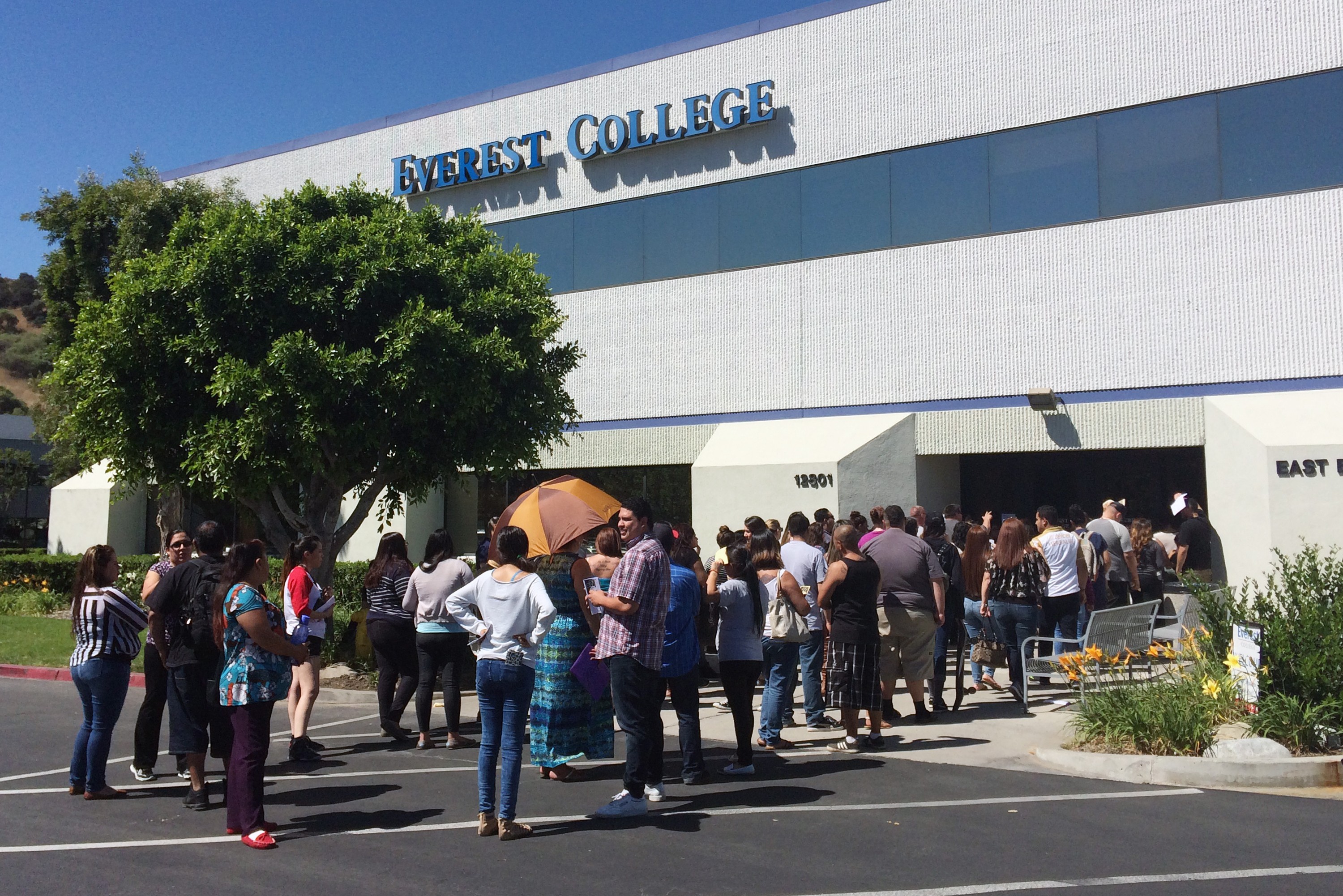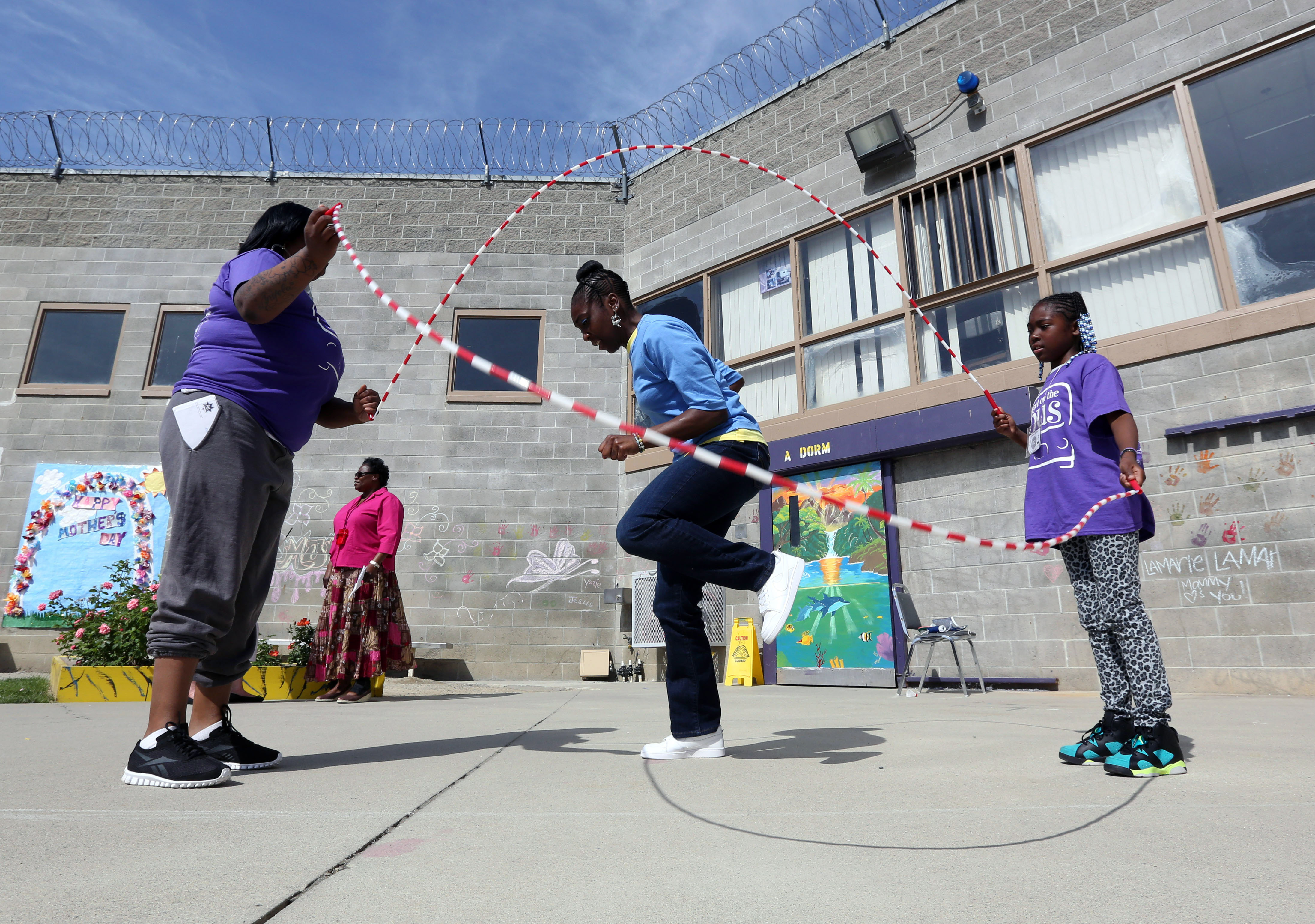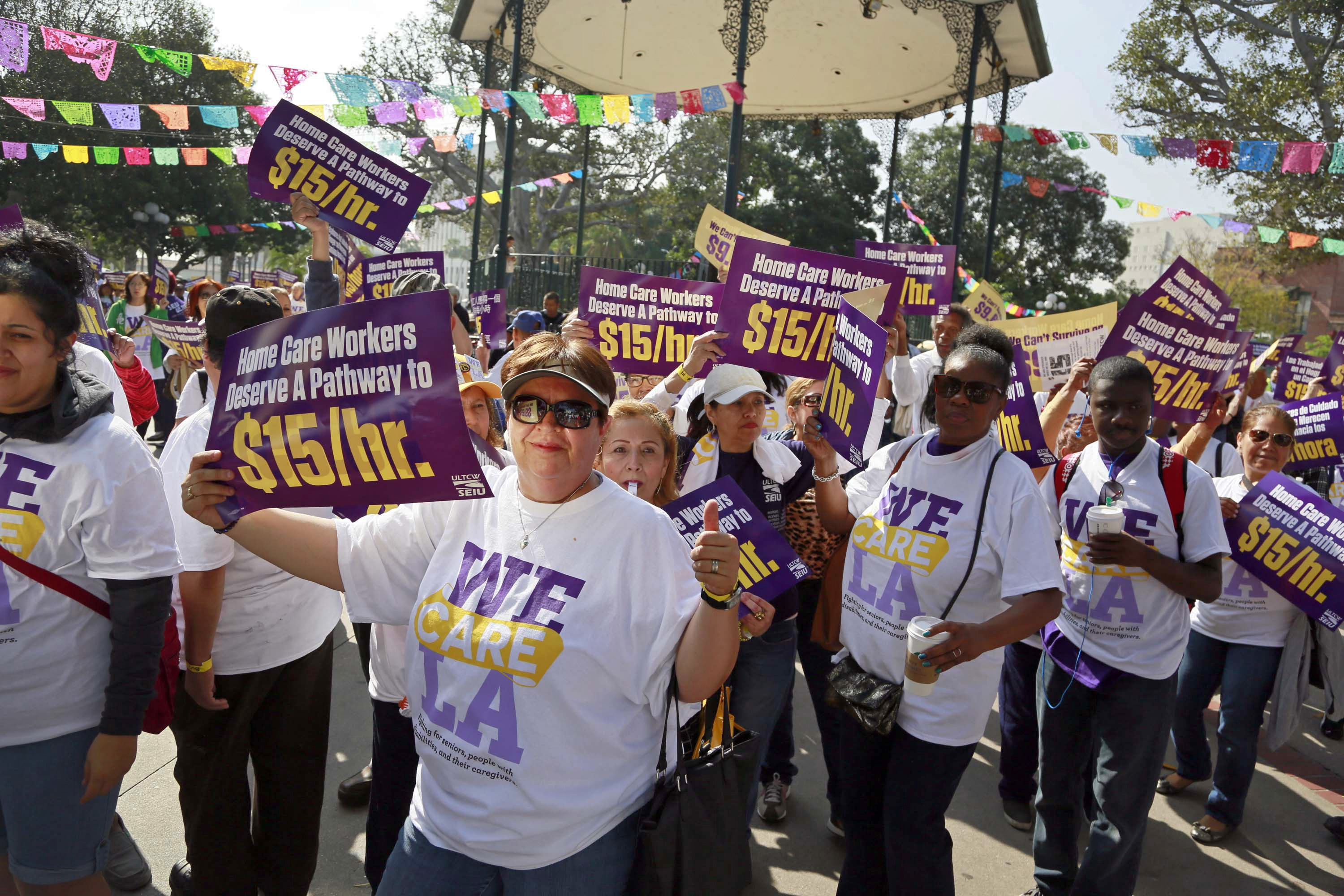“I’ve always wanted to go to college. I’ve wanted to be an orthodontist since I was seven,” said 16-year-old Kayla, not realizing that because she grew up in West Baltimore the odds of her dreams coming true were very slim.
There’s a long shadow cast over Baltimore’s children. Like young people across America, they know that the ability to get a good-paying job depends on college. As teens, many of them finish high school, fill out college applications, and complete financial aid forms. But then they find out the truth: college is unaffordable.
There is a lot of talk about elite universities offering “no loans” promises and sending letters to low-income families across the country urging their children to apply. But that effort is relevant to a tiny few. Most people who attend college go to institutions that are far from free.
Despite massive public investment in financial aid, students from families like Kayla’s who earn less than $20,000 a year are now required to pay at least $8,000 for a year of community college and more than $12,000 a year at a public university. That “net price” is what researchers like me have found to be the real bill that students and their families face after all grants (including the federal Pell and state and institutional grants) are subtracted from the sticker price of attending college. This price has gone up substantially over time, particularly since the Great Recession. It’s climbed as real family income for most has fallen. Worse, it may well be under-stated.
College education is central to the American Dream. But the ladder people must climb to get there has eroded, and a critical rung fell off. After a semester or two, even the most talented students from the bottom half of the income distribution find that the price of college is more than they can afford. They have enough money to register for classes, but they cannot pay the bills long enough to graduate.
The young people of Baltimore know this. Researchers tracked a set of the city’s children beginning in 1982, when the kids were in 1st grade. A decade and a half later, almost two-thirds enrolled in college. But by age 28, just 17 percent had earned an associates or bachelor’s degree, with another 13 percent earning a certificate. Nearly half who grew up poor, ended up poor, especially if they were black.
It wasn’t for lack of trying. Researchers like Stefanie DeLuca, who met Kayla while doing research on young people from Baltimore’s highest poverty neighborhoods, confirm that a strong work ethic is omnipresent there. But enrolling in college exacerbates their poverty: working two or three jobs while also taking on federal and private loans takes a heavy toll. Growing numbers of undergraduates find themselves living without sufficient food or adequate housing even as they try and focus on school.
When college is unaffordable, hope is lost. Without degrees, young people are returning to the streets with debt, disillusioned and fearful for their futures.
Today colleges and state governments set most college prices. They are failing at this job. The opportunity to get a college education is distributed in highly inequitable ways. Rather than promoting mobility, the broken college financing system is ensuring that economic and racial inequality gets passed down – and worsened – from one generation to the next. Americans deserve better.
Last year, Republican Governor Bill Haslam began to restore hope in Tennessee by offering tuition-free community college. The predecessor to the Tennessee Promise, Knox Achieves, is proving effective at helping young people who would have otherwise never experienced even a 13th year of education earn college credits. Helping those students complete a 14th year, and attain a credential, may require more investment, along the lines of America’s College Promise proposed by President Barack Obama.
The initiatives of Haslam and Obama were preceded by wisdom and a smart initiative in New York. In 1969, large numbers of African Americans and Puerto Ricans demanded that the City University of New York become a place that they could enter to pursue better lives. University administrators responded by instituting an open admissions policy to complement a very low price. An evaluation conducted over the next 30 years revealed that while the new policy did not wipe out disadvantages due to race or class (or high school academic record), it more than doubled the proportion of black women who would attain degrees. That finding is consistent with more recent studies that raise sharp questions about the contention that “college isn’t for everyone.”
National leaders need to provide hope to young adults in Baltimore and cities like it. Federal policy must change. Simply providing financial aid isn’t getting the job done, as it requires too little from those who establish college costs. Instead, we need a national conversation about what it means to provide a high-quality 13th and 14th year of public education to everyone, and then we need to pay for it. New taxes are an option – but we can also simply stop spending where investments aren’t pay off. Ending subsidies to for-profit universities is a good place to start.
There is much to do to provide hope, dignity, and a chance at a better life to America’s poor urban youth. Part of the solution must include making college affordable.















